START (click)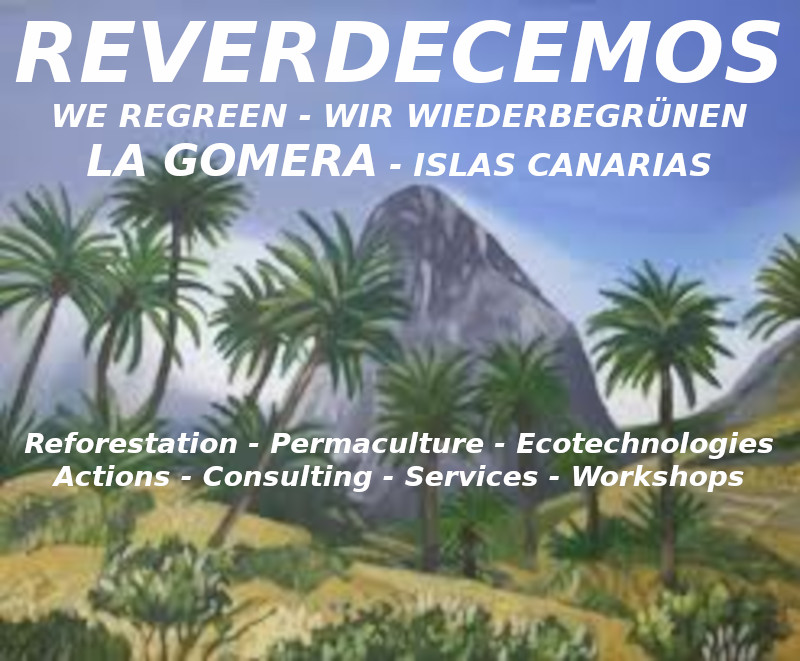 REFORESTATION 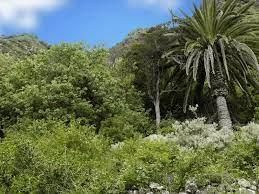 Once the whole ecological south of La Gomera (2/3 of the island) was covered by dryland-forest - until the Spanish Conquistadores cut it completely down and replaced it with terraced mountaineous landscapes of intense agricultural monocultures. The destroyed natural ecosystems were in the long run not able any more to outbalance bigger climate changes and vast territories deserted during longlasting droughts. Now the land is an abandoned half desert with slowly recovering vegetation, but the still damaged ecosystems are lacking key species for the completion of their selfrecovery. Also some formerly cultivated plants grow invasively in empty ecological nishes. So main aim in reforestation attempts of this area is to support natural selfrecovery tendencies with specific human interventions. Especially through punctual seeding and planting of lacking endemic key species. Seeding seems to be the most efficient strategy to recover the herbal and scrub levels of the endemic dryland forest, also for some tree species, while other tree species better have to be planted. Long term destiny of successfull reforestation attempts will be the full recovery of the former endemic dryland-forest with itīs ability to create itīs own microclimate, attract clouds, store rainwater, produce wood and even support some extensive permaculture gardening inside and around the life providing forest ecosystem. The products of the forest and the gardens, an increase in nature tourism and the upvalueing of the regreened land can enrich enormously the islands economy, create jobs and win the local population for the project. The typical half desert situation with abandoned terraces and villages in the south of La Gomera We are organizing reforestation actions on certain areas, where the landowners are willing to regreen their land and also in abandoned farout areas, where the owners are long gone and nobody else is willing to take ecological responsability. We organize groups of volunteers, teach them reforestation techniques and hike with them out in the field for seeding and planting actions. Aim is to provide the damaged ecosystems with lacking key species. Volunteers can contact us and ask for the next reforestation action to join in. Also we invite professional collaborators (gardeners, ecologists ...) to support our work with their competence. Landowners are also highly welcome to offer us their deserted land for free regreening actions, when we can get a free long-term renting contract in exchange. 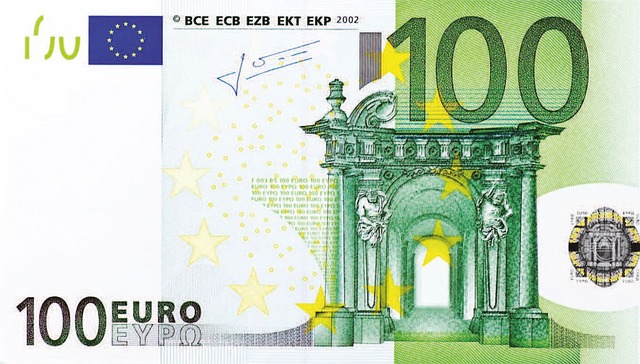 We offer landowners also possibilities to earn money through digital investments, subventions, carbon trade and green business foundations. Please feel heartly welcomed to contact us to gain detailed informations (contact below). CURRENT/UPCOMING ACTIONS: 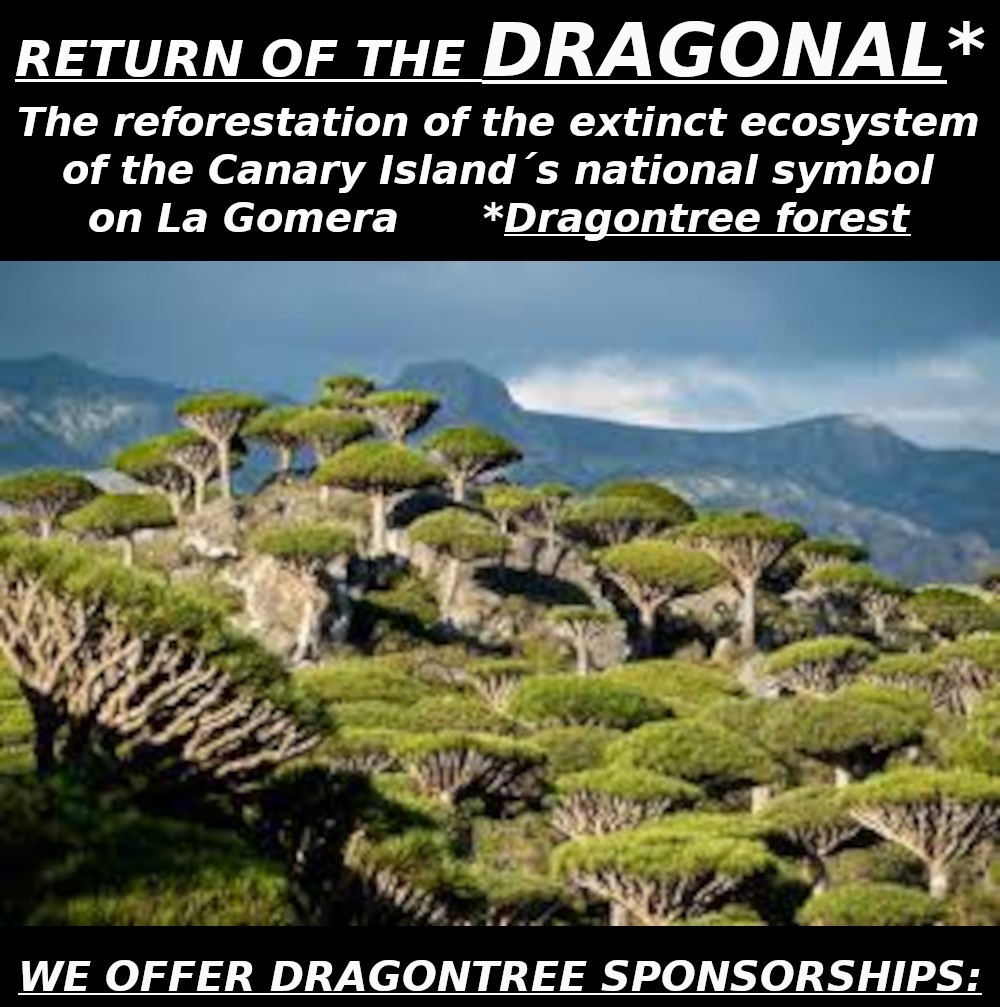 We plant young Canarian Dragontrees in the upper barranco of Chinguarime, incl. seeding of herbs and shrubs of their endemic vegetation community. Weīre aiming to reforest the first new DRAGONAL (Dragontree forest) of La Gomera in itīs original territory, from where it had vanished by deforestation. This action has important symbolic character, because the Dragontree is the national symbol of the Canarian Islands and thus a key to waken the awareness of the local population as well as of the many tourists for the ecological value of the islands necessary regreening. WE OFFER DRAGONTREE SPONSORSHIPS: In cooperation with "TEMPLO DE GAIA - Nature spirituality on La Gomera" we organize EARTH HEALING RITUALS guided by myself personally. For a donation of 50.-€ we plant a young dragontree and evocate the spirit of the extinct DRAGONTREE FOREST on behalf of itīs reanimation. Whoīs interested to participate can contact us via e-mail (contact below) or book on TEMPLO DE GAIAīs website a date for a personalized DRAGONTREE RITUAL (please click here). CONTACT: E-mail: info@reverdecemos.com or send us a message directly to our e-mail-INBOX (click) You can find us also as REVERDECEMOS LA GOMERA in:   --------------------------------------------------- D O N A T I O N S Because the main part of our work is for free and of public interest, we celebrate every donation, that helps us to keep on going. Please use the donation button below. Thanx a lot! --------------------------------------------------- And at last some essential informations, how we reforest step by step: HOW TO GROW A FOREST ECOSYSTEM FROM SCRATCH A DEEP ECOLOGICAL GUIDELINE FOR ALL KIND OF FORESTATION PROJECTS The
adequate and healthy motivation to grow a forest should be driven by
the will to cover a naked wasteland or poor vegetation zone with a
highly diverse forest vegetation, that should be able to maintain
itself as a selforganizing ecosystem. Itīs a ecological upgrading of a degradated landscape. Like any other highly complex
selforganizing system a healthy forest will not only maintain and
reproduce itself, but provide itīs wild inhabitants needs alike human
interests with a sustainable abundance of natural products like fresh
air, food, wood and the inspirations of natural intelligence. A
forestation may have the further motivation to reforest an area that
was once covered with forest or to afforest an area that was never
covered by forest. Both is possible. Even desert greening. So if the
territorry for the forestation is chosen, the next important step will
be the implementation of deep ecological thinking. That means to think like a complexly interwoven ecosystem as a whole, to become the spirit of the forest
in the shamanic means of indigenous forest dwellers. In modern
technical and scientific terms this kind of thinking can be described
as cybernetic thinking and
elaborated in cybernetic computer models of the forest ecosystem,
which help to understand the systems complex feedback loops. The first
question with this mindset will be, which type of forest is potentially
able to grow in the chosen area. Is it best a dryland or wetland
forest, a tropical, subtropical, moderate or subarctic forest ... and
so on. The second question will be, which pioneer vegetation will be
necessary to nourish the young forest trees and prepare the conditions
for the slowly upgrowing forest ecosystem. The third question will be,
which species and species communities are adequate for the forestation.
Is the original forest ecosystem known in cases of reforestation? Which
vegetation grows naturally in this kind of environment elsewhere in
cases of afforestation? And very important: How does the growing forest
interact with the surrounding vegetation? A good forester will not want
invasive forest plants to overtake the surrounding ecosystems or vice versa, but will
wish instead a healthy coexisstence or even win-win-symbiosis. The
fourth question will be, how the growing forest will interact with the
landscape, the climate and the water situation of the chosen area. The
fifth question will be, which fauna will fit to the growing forest and
how the surrounding fauna will begin to interact. The sixt question
will be how to attract the right mushrooms and microorganisms to
prepare the soil for the growing forest trees. The seventh question
will be, what kind of forestation methods will make most sense. Which
species should be planted and which seeded? Do the plants need a
protection against animal predators or harsh environmental starting
conditions? Do they need to be watered or nourished? The eighth
question will be, if it makes sense, that the forester shapes parts of
the landscape artificially with construction projects, e.g. to store
more rainwater in the area and direct it to the growing plants. The ninth
question will be how humans will interact with the forest and how this
affects the forest ecosystem and itīs selfregulation capacities. A good
reforester will want, that human activities increase the wellbeing of
the forest, which an the other hand provides humans with the goods and
pleasures of the forests. A win-win-symbiosis. The tenth question will
be how the growing forest develops itīs own dynamics, which can be sometimes quite different then the original human purpose. How
could the forester adequately steer this dynamics or even learn from
them to better his/her own efforts. A forest is a living ecosystem with
itīs own character, tendencies, likes and dislikes and itīs own will.
One can imagine the forests spirit as an emergent hive mind of multiple
interacting individuals, species and biotopes. Itīs possible to
understand this hive mind intuitively and even communicate with it,
like shamans do it traditionally. If the forest and the forester begin
an intuitive communication, the forest can show with subtle signs and messages, what kind of human
support it needs and the forester can develop a highly empathic gut
feeling for the forests needs to thrive.
If all this questions are beginning to find there answers during the planning stage of the forestation, itīs time to begin the forestation project itself and keep questioning. Rule one for the practical work is: Leave the intellect behind and follow your intuition. Never ever plant trees in rows and never ever do it with just one or a few monocultural tree species. Seed and plant a highly diverse ecosystem with multiple plant species. Follow the natural topography of the area and plant or seed the different species in there best fitting habitat. Plant trees in irregular distance from each other and mix the planted tree species like in a naturally diverse forest. Get a feeling, how the trees will look like, when theyīre fully grown and how they will affect each other. Always beginn seeding and planting actions with species of the pioneer vegetation. Aim to grow the vegetation level by level: First the herbs to cover the ground, than the scrubs to give shadow for the trees at last. Begin with the plantation of pioneer trees and replace them later with deep forest trees. Keep in mind, that the forestation will need intelligent human management during the growing period. When the forest will be fully grown, it will be able to maintain and shape itself with a minimum amount of human management efforts. That can mean to cut trees to lighten up the forest ground or to collect dry wood to avoid wildfires. Animal management will be another important management challenge. A forester will want a fauna, that is able to shape the forest in a way that is supporting the forests thriving and creates highly diverse environment types. For example can it be quite fertile to integrate big herbivores into the forest ecosystem, which can create meadows, openings and pathes in the jungle. And it can be quite usefull to integrate predators, which can keep the herbivores under population control and spare human hunting efforts. At last it should be clear, that the growing of a forest ecosystem is never ever finished, because a forest is a living organism with ever changing dynamics and an ever changing bigger environment, in which it is embedded. The weather and the seasons are every year different and the climate may even change vastly. The internal dynamics of flora and fauna may change and also the human attitudes and activities concerning the forest. Forestation is a neverending process - and a good forester will develop and maintain an intense intuitive communication with the forests spirit. The best forester will not only be a professional ecologist, but an excellent shaman who speaks with plants and animals. Author: Freigeist von Lebenskunst
Ecosystem Designer 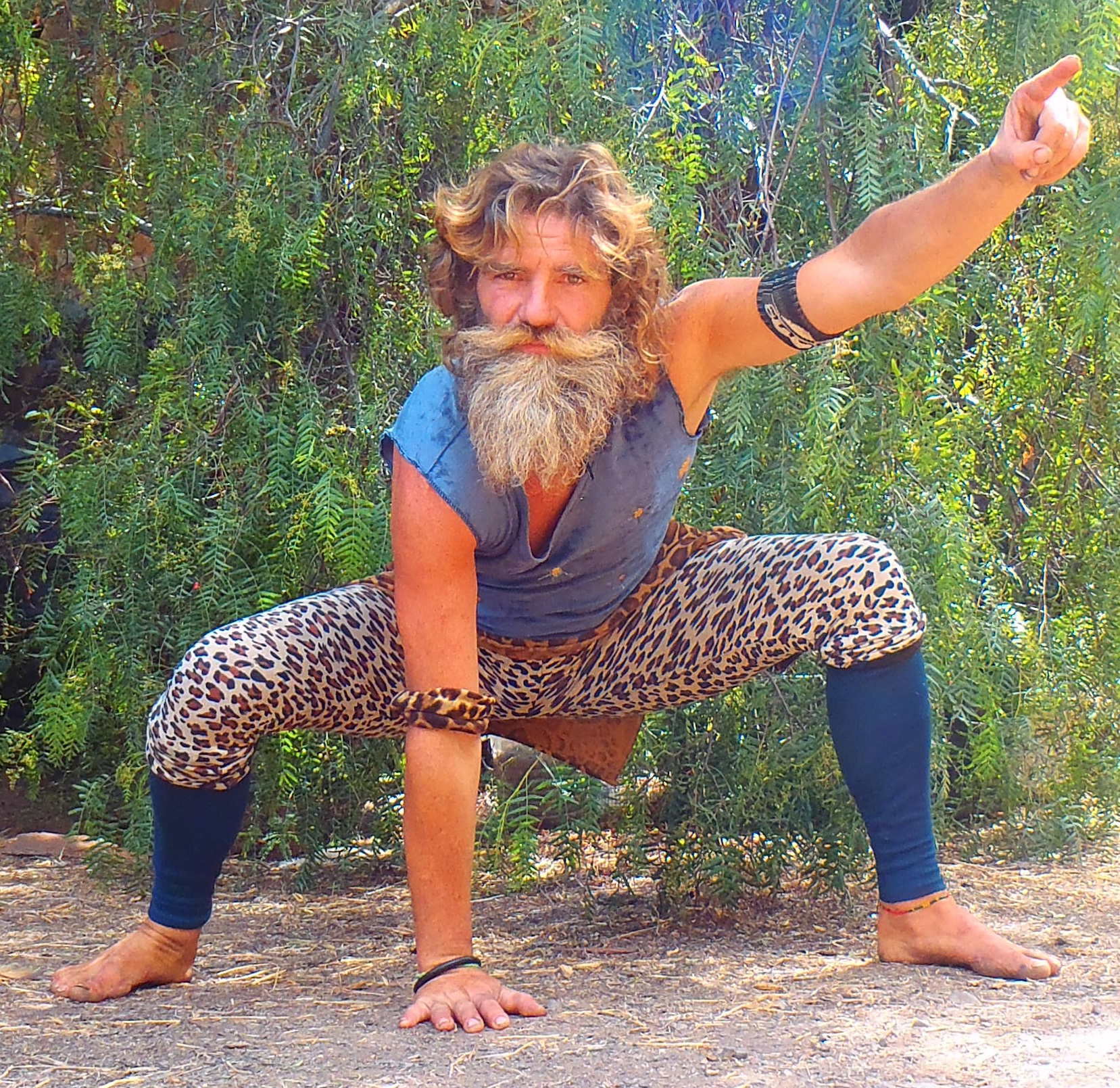 HOME |